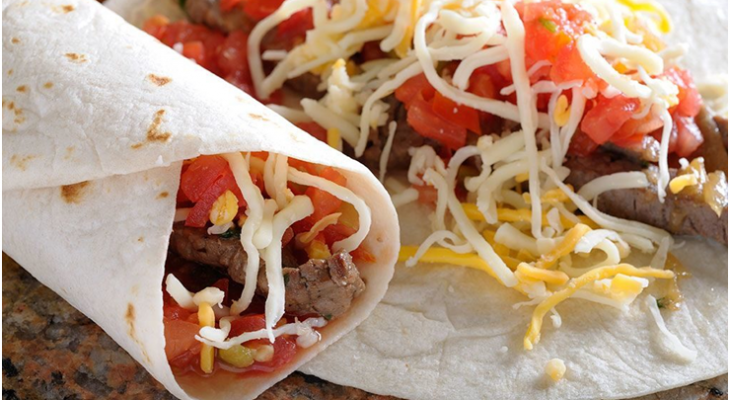
What are the ingredients found in your packaged shredded cheese?
If you are shredding a variety of cheeses manually, to top your Mexi dishes at your restaurant, it can be very taxing on your time. Not only is it very inconvenient and time consuming but doing so also demands that you stock a wide range of cheeses in your kitchen to mix together – this is a hassle from both a practical and time aspect, as well as the financial aspect of your food costs.
Well, why would you do this if instead you could just purchase a shredded cheese blend to top all of your Mexi dishes, from a distributor. It is a lot more practical on your time, and a better financial decision. However, there are a lot of varieties of shredded cheese on the market, so how do you know what to buy?
Not all shredded cheeses is made equal. Some shredded cheeses found on the market containingredients that are not as healthy as others. So, what is actually in my shredded cheese and what should you be avoiding?
If you shred your own cheese often, then you should be aware that shredded cheese strands form together when stored. The strands start sticking together, and this can be a pain for the kitchen workers. So, suppose a manufacturer didn’t use any ingredients to help avoid this stickiness, fill the bag and ship it out to you. When you open it and use it – you will be dejected to see that there won’t be any even-shaped shredded cheese, but rather chunks that have all stuck together over time, and this is not what you want or need.
To avoid such a fiasco, shredded cheese manufacturers choose to use a range of ingredients such asnatamycin, starch orcellulose as a coating (anti caking agents) on the shreds. This is helpful to keeping your cheese looking insta-worthy on your delicious meals.
While there is nothing wrong with these ingredients, you might be curious about them. Natamycin is as a mould inhibitor produced naturally by soil bacteria. It is natural and is not known to have any side effects, however some people will try to avoid it in their foods. Starch is much more commonly used in many packaged food products and is not a problem for almost anyone.
The third ingredient is cellulose. Cellulose dehydrates the moisture on the cheese shreds and prevents them from moulding and helps them to retain their shape for a long time.
Kim Capria, writing on Snopes, says that our digestive system needs non-digestible vegetable fibre (cellulose) in our foods, and it is not something that should be avoided.
So, the question is, what is the best decision for your restaurant or eating establishment? Should you grate in house or save time and money and purchase pre shredded cheese in bulk?
This is completely up to you. However, we much prefer to purchase our Mexi cheeses, shredded and ready to use. Our favourite is the Mexi Shred Blend from Pure Dairy.
This blend of four different Mexican cheeses; Asadero, Monterey Jack, Natural Cheddar and Queso Quesadilla, is perfect for any Mexi dish you serve. It provides an amazing flavour and melts perfectly. Get in touch with Pure Dairy today to try it out at your restaurant!






















